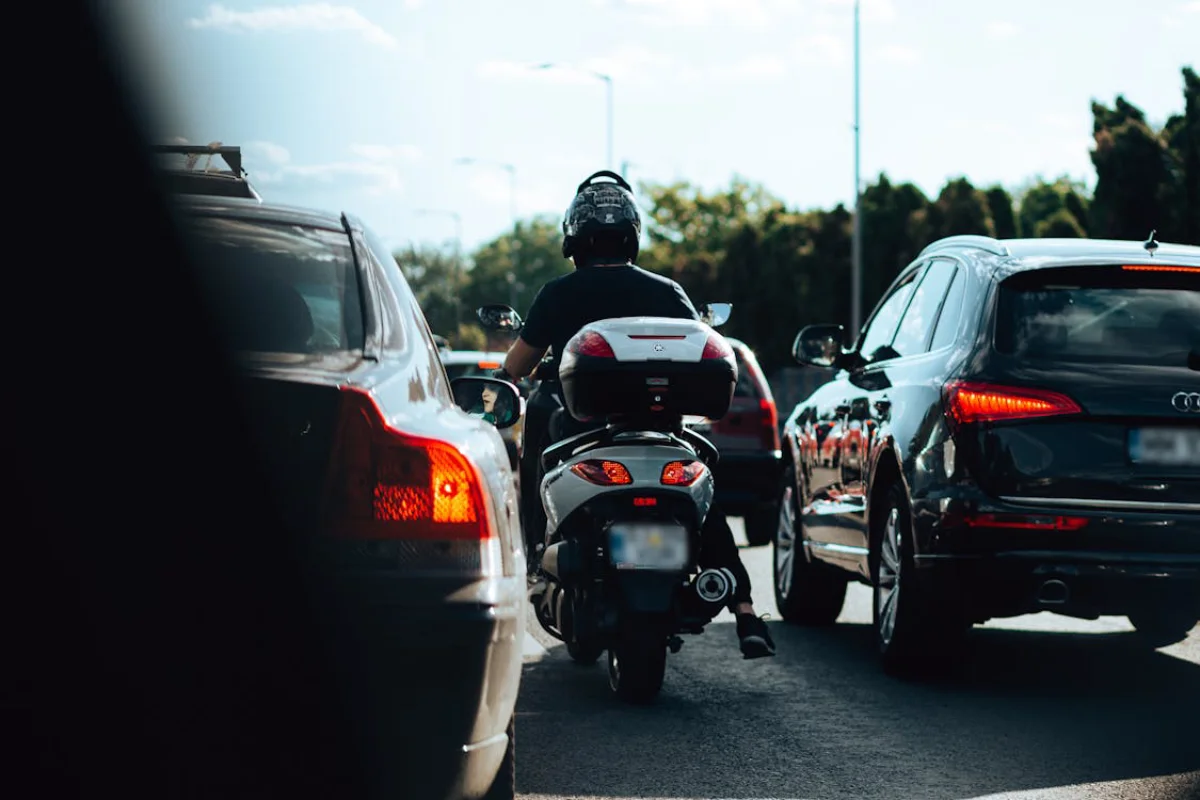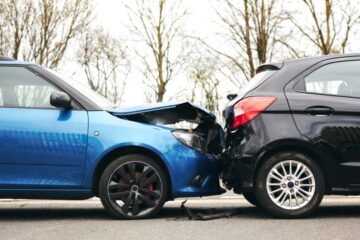Riding a motorcycle is all about freedom—the rush of wind, the open road, and the ability to weave through traffic when cars are at a standstill.
But that last part? It’s where things get tricky.
Lane splitting, the practice of riding between lanes of slow-moving or stopped traffic, is a controversial topic. Some argue it helps motorcyclists avoid rear-end collisions and reduces congestion. Others see it as a high-risk move that puts both riders and drivers in danger.
One of the biggest issues with lane splitting is the legal and liability concerns it creates. When a motorcycle accident happens due to lane splitting, proving fault can be complicated.
Insurance companies and law enforcement may argue that the motorcyclist was acting recklessly, making it harder for them to recover damages. This can leave injured riders in a difficult position, fighting to prove fault in a motorcycle accident caused by lane splitting while dealing with medical bills and recovery.
And beyond the legal battles, the physical risks of this maneuver are enough to make any rider think twice.
The sections below discuss why lane splitting is dangerous.
Reduced Reaction Time and Blind Spots
Cars and trucks aren’t expecting a motorcycle to come speeding between them. When traffic is slow, drivers may switch lanes without signaling or checking their blind spots, putting motorcyclists in direct danger. A split-second decision by either party can result in a crash, often with severe consequences. Unlike cars, motorcycles don’t have the protection of a metal frame, airbags, or seatbelts, so even a minor impact can be catastrophic.
The Danger of Sudden Obstacles
Road conditions play a huge role in motorcycle safety. Potholes, uneven pavement, and debris may not be an issue for cars, but for a rider squeezing between lanes, they can be disastrous. A simple swerve to avoid an obstacle could send a motorcyclist straight into a car’s side mirror or worse, under its wheels. In heavy traffic, there’s little room for correction, making lane splitting a gamble every time it’s attempted.
Driver Reactions and Unexpected Moves
Even when lane splitting is legal, it doesn’t mean all drivers are on board with it. Some may feel frustrated or startled when they see a motorcycle cutting through lanes. Others might react aggressively, intentionally blocking a rider’s path out of irritation. In high-stress traffic situations, emotions run high, and even a moment of road rage could put a motorcyclist at risk.
The High Cost of a Wrong Move
Beyond the physical danger, lane splitting comes with financial and legal consequences. If a crash occurs, the motorcyclist could face increased insurance premiums, hefty medical bills, and a long recovery process. Even in states where lane splitting is permitted, proving fault in an accident can still be a battle. Without clear evidence, motorcyclists may struggle to claim compensation, adding financial stress to an already difficult situation.
Final Thoughts
Lane splitting might seem like a way to save time and avoid traffic jams, but the risks often outweigh the benefits. Reduced reaction time, blind spots, and unpredictable driver behavior all contribute to the danger. Riders who attempt it must understand not only the physical risks but also the legal and financial hurdles that could follow an accident. Awareness and responsible riding are key to staying safe, and sometimes, waiting in traffic is a far better option than taking a chance between the lanes.



